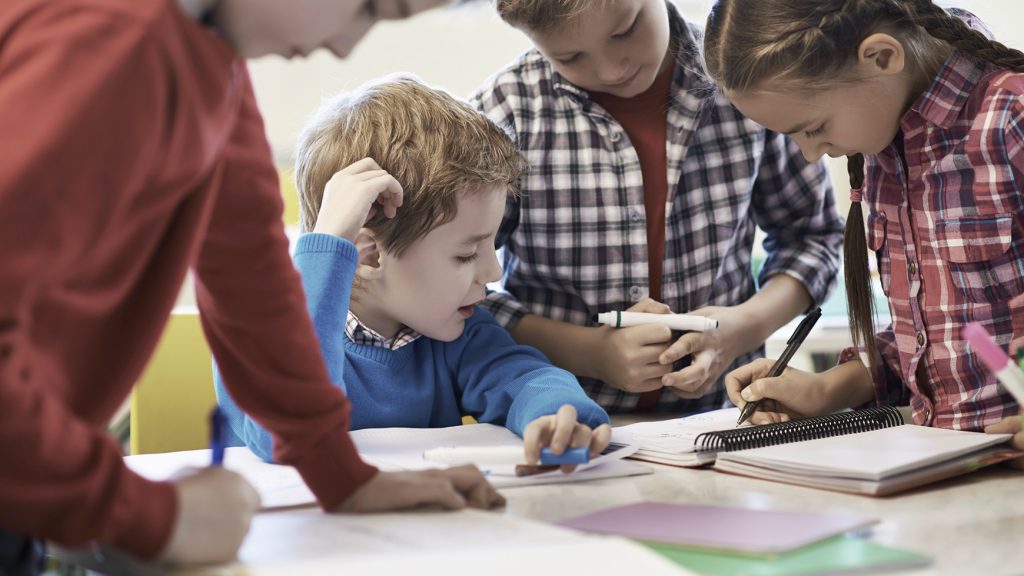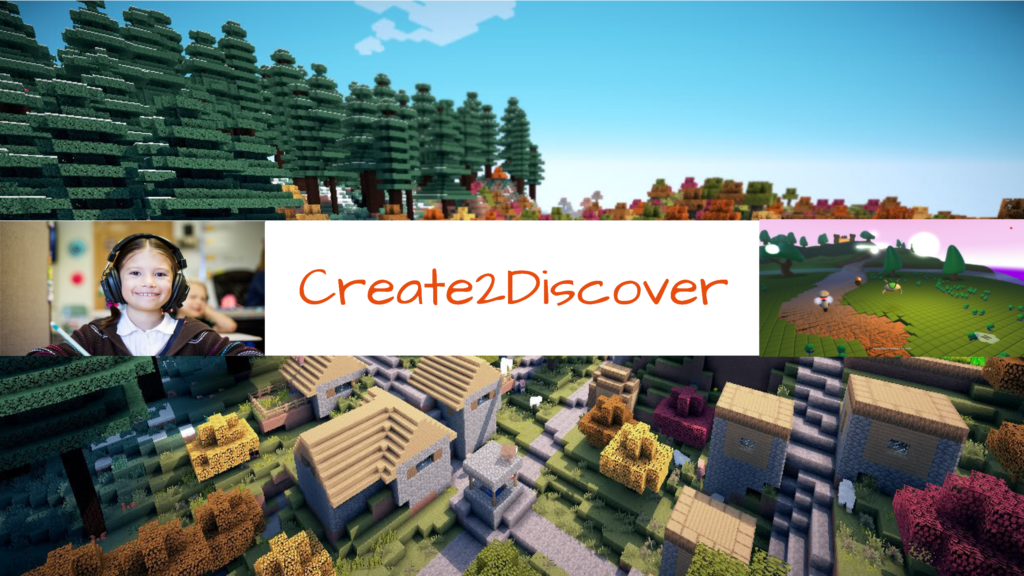
As parents, one of our greatest desires is to see our children flourish and reach their full potential. We want to nurture their creativity, encourage their passions, and create a safe space where they feel empowered to explore, innovate, and express themselves freely. In this guide, we’ll explore practical strategies that parents can implement to foster creativity and psychological safety in their children, empowering them to thrive in their pursuits and embrace the joy of learning.
What is psychological safety?
Psychological safety refers to the shared belief within a group or environment that individuals feel safe to take interpersonal risks, express themselves authentically, and contribute their ideas or opinions without fear of negative consequences, embarrassment, or judgment. It is characterized by an atmosphere of trust, mutual respect, and open communication, where individuals feel accepted, valued, and supported by their peers or leaders. Psychological safety fosters a sense of belonging, encourages collaboration and innovation, and enables individuals to challenge the status quo, share diverse perspectives, and engage in constructive dialogue, ultimately leading to greater creativity, productivity, and well-being within the group or organization.
How do we help kids develop psychological safety outside of our home?
We can control many of the variables in our home that allow kids to feel psychologically safe, but how do we help our kids when they enter other groups out in the world that we have no control over? They will still need to be creative and part of their success may depend on them being able to generate creative ideas and solutions. See the tips below for more how we can help prepare our kids to enter other groups and thrive creatively.
Embrace a Growth Mindset:
Central to fostering psychological safety is instilling a growth mindset within children. By emphasizing the value of effort, perseverance, and learning from mistakes, parents can nurture a mindset that thrives on challenges rather than recoiling from them. Encourage children to recognize their capacity for growth through dedication and hard work, shifting the focus from innate talents to the journey of continuous improvement.
Create a Safe and Supportive Environment:
Parents play a pivotal role in sculpting the home environment into a sanctuary that nurtures both creativity and psychological safety. Minimize distractions and carve out dedicated spaces where children can freely explore and express themselves. Establishing routines that foster relaxation and reflection, such as family brainstorming sessions or collaborative creative projects, cultivates an atmosphere of trust and support, enabling children to unleash their creativity with confidence.
Listen Actively and Empathetically:
Active listening and empathy form the cornerstone of fostering psychological safety. Parents must create open channels of communication where children feel heard, valued, and understood. By avoiding judgment or criticism and validating children’s emotions and experiences, parents can foster an environment where children feel safe to express their creativity and share their ideas without fear of rejection or ridicule.
Model Positive Attitudes Towards Failure:
Parents serve as powerful role models in shaping children’s attitudes towards failure. By openly sharing their own experiences of setbacks and mistakes, parents can underscore the importance of resilience and learning from failure as integral parts of the growth process. Encouraging children to embrace setbacks as opportunities for growth and celebrating their efforts and progress instills a mindset that views challenges as stepping stones to success rather than insurmountable obstacles.
Encourage Exploration and Curiosity:
Providing ample opportunities for exploration and nurturing curiosity is paramount in fostering creativity and psychological safety. Offer diverse materials, resources, and experiences that ignite children’s imagination and encourage experimentation. By celebrating their creative achievements and discoveries, parents inspire children to explore new ideas, think innovatively, and embrace their unique potential.
Fostering both creativity and psychological safety in children is a journey that demands unwavering dedication and empathy from parents. By embracing a growth mindset, cultivating a safe and supportive environment, practicing active listening, modeling positive attitudes towards failure, and encouraging exploration and curiosity, parents empower their children to navigate new social environments with confidence, resilience, and authenticity. Together, let’s embark on a transformative journey where every child feels empowered to realize their dreams and thrive in any social setting they encounter.
Looking for More Ways to Help Your Child Prepare For The Future?
STEM Project Using Roblox Studio: (Ages 8-14)
Creative Problem Solving For Kids: SCAMPER
Creative Problem Solving For Kids: Random Words
Creative Problem Solving For Kids: Copy Nature
5 Ways to Improve Your Child’s Communication Skills
Teaching Kids The Value of Mistakes

Comments on this entry are closed.